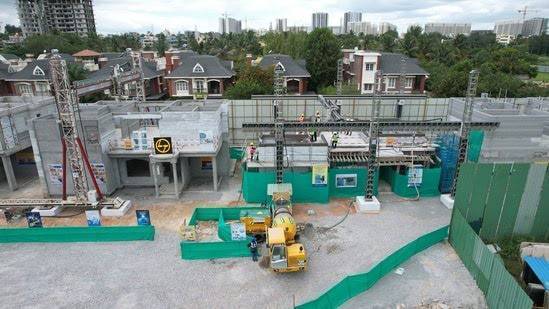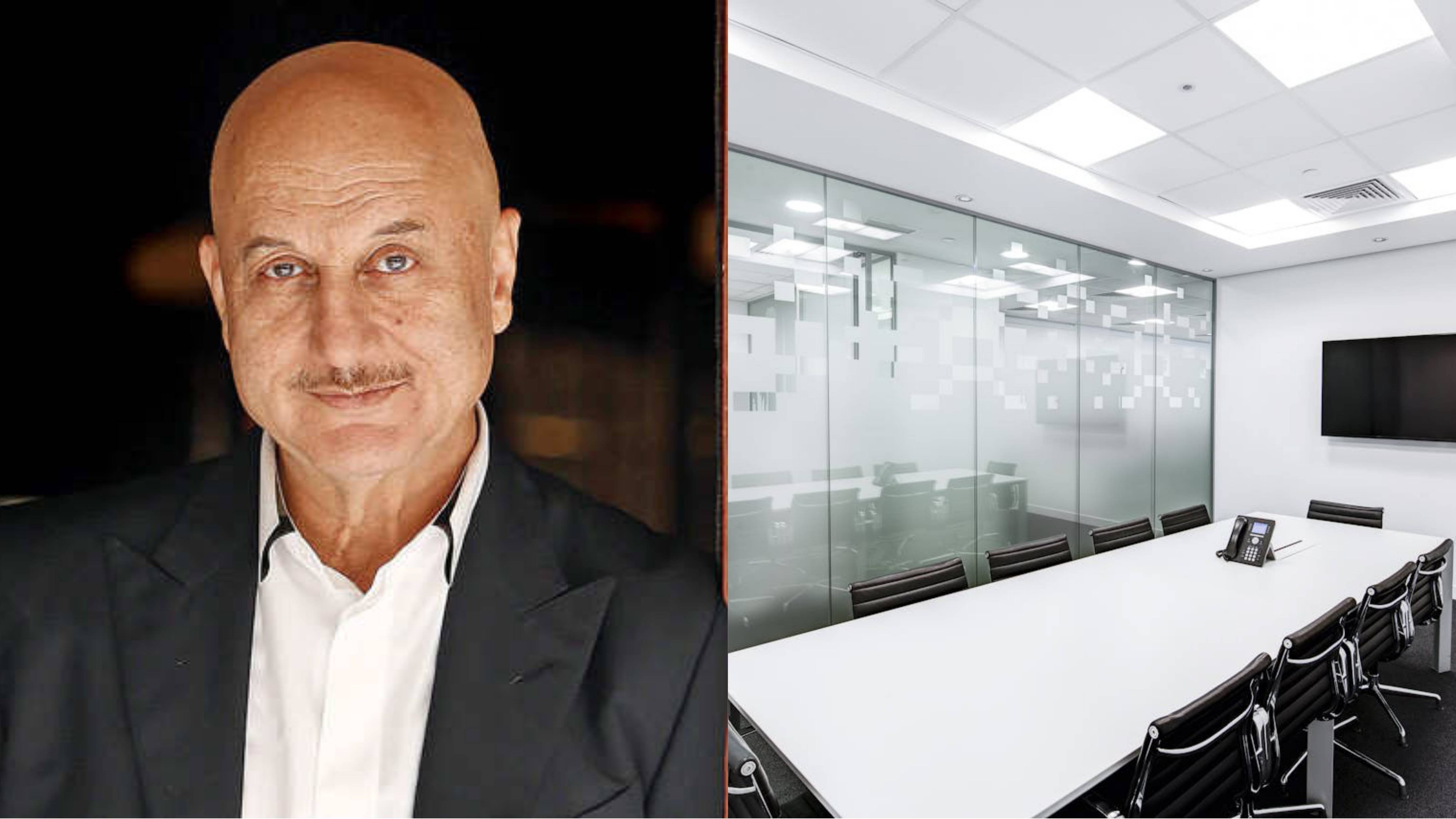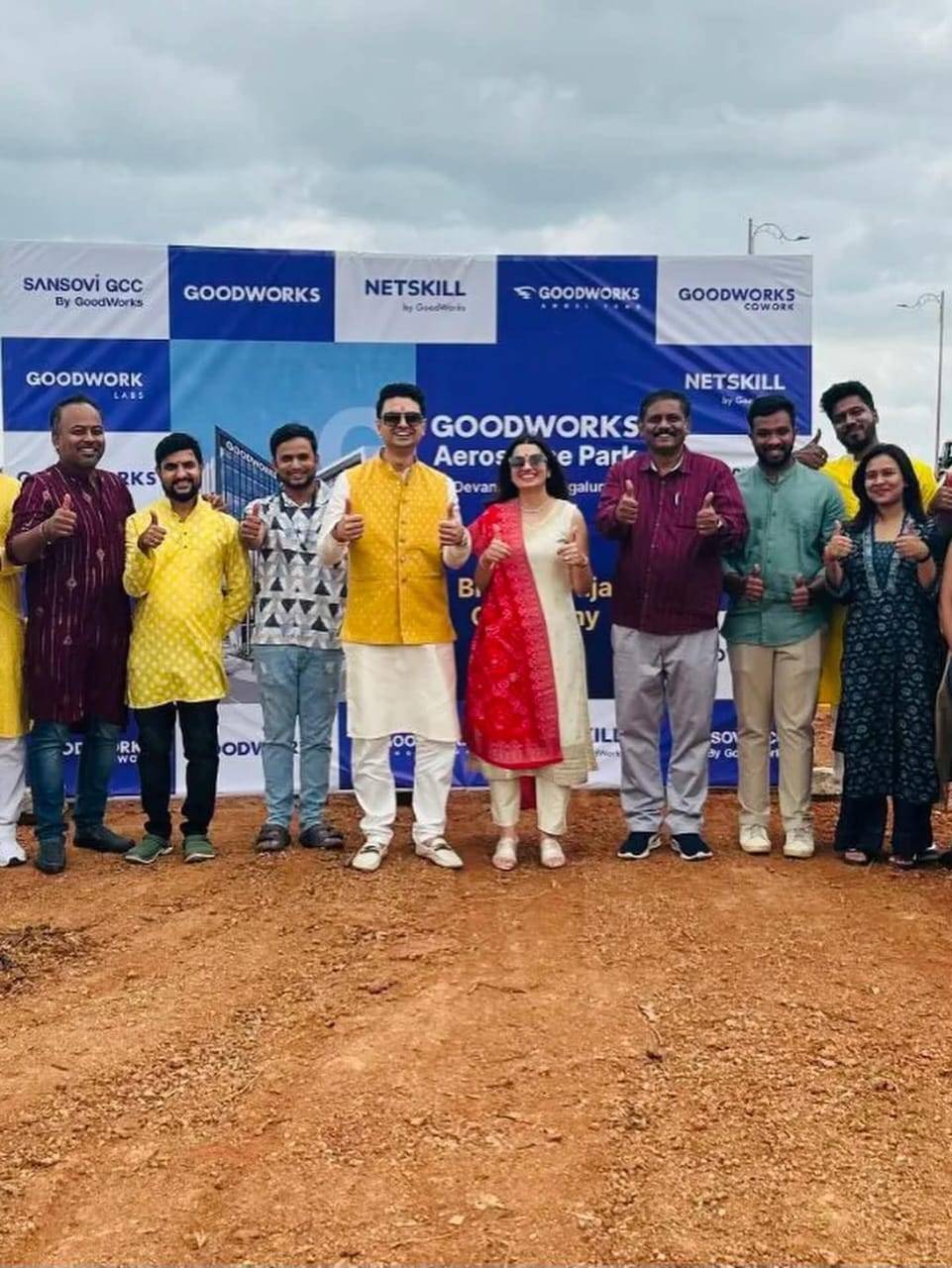The construction industry in India is witnessing a major transformation as Larsen & Toubro (L&T) steps into the future by 3D-printing luxury villas in Bengaluru. With a sprawling 4,000 square feet per villa and an estimated cost exceeding Rs 10 crore each, these six villas are part of a prestigious project by the renowned Prestige Group. This Larsen & Toubro (L&T)'s second big project in Bangalore in regard to 3D-printing, they have previously completed India's first 3D- printed Post Office.
Introduction to 3D-Printed Villas
3D printing in construction is a relatively new phenomenon, but it has quickly gained attention for its efficiency, cost-effectiveness, and eco-friendly benefits. The technique involves using a robotic arm to deposit layers of a special concrete mixture to create the building's structure. Unlike traditional construction methods, where bricks and mortar are laid by hand, this technology automates the building process. The robotic arm layers the material as per a pre-programmed design, resulting in precise construction with minimal human intervention.
Larsen & Toubro, a key player in the Indian construction and engineering sector, is spearheading this revolutionary approach. According to M V Satish, Executive Committee Member of L&T, the project is nearing completion. The company started construction in January, and the 3D printing phase is set to be finalized by August 2024. The villas are expected to be ready for handover between December 2024 and January 2025, completing the remaining finishing touches by October.
Significance of 3D Printing in Construction
The implementation of 3D printing in construction brings with it numerous advantages. One of the primary benefits is the reduction in construction time. Traditional methods often require months of labor-intensive work. In contrast, 3D printing can accomplish the same result in a fraction of the time, as the technology allows for continuous and precise building of the structure.
Additionally, the cost-effectiveness of 3D printing cannot be understated. While the current project boasts high-end luxury villas, the potential for more affordable housing projects is immense. 3D printing reduces labor costs, optimizes material usage, and decreases waste, making it a viable solution for budget-conscious projects in the future.
Another crucial factor is sustainability. The precision of 3D printing minimizes material waste, contributing to more eco-friendly construction practices. Moreover, the technology's capacity to streamline construction reduces the carbon footprint compared to conventional building methods that rely on heavy machinery and resource-intensive processes.
The Prestige Group Project
These 3D-printed villas are part of a larger project by the Prestige Group, a well-known name in Indian real estate. With L&T handling the construction, Prestige Group is leveraging cutting-edge technology to offer luxury homes that stand out in the competitive Bengaluru market. Each villa, designed with the utmost attention to detail and modern architecture, spans over 4,000 square feet. The price tag of over Rs 10 crore per villa is indicative of the exclusivity and sophistication that come with these properties.
While L&T has not disclosed the exact cost of construction, industry insiders estimate the figure to be in the ballpark of Rs 60 crore for the entire project. This places the venture in the premium segment, catering to affluent buyers who are seeking state-of-the-art technology combined with luxurious living spaces.
Future Implications for the Indian Real Estate Market
L&T’s foray into 3D printing marks a significant moment for the Indian real estate market. The company’s success with this project will likely encourage other developers to explore similar technologies. While 3D printing has already gained traction globally, India is still in the early stages of adopting this innovative method.
In the coming years, 3D printing could become more mainstream in both luxury and affordable housing sectors. With its potential to streamline construction, reduce costs, and contribute to sustainable practices, 3D printing is set to play a pivotal role in shaping the future of Indian real estate. For now, though, L&T's luxury villas in Bengaluru serve as a testament to what can be achieved when cutting-edge technology meets architectural ambition.
Challenges and Opportunities
While the prospects are promising, there are challenges that need to be addressed before 3D printing can be widely adopted in India. The initial setup costs for 3D printers and related equipment can be high. Additionally, the technology requires specialized skills, and training the workforce to manage and operate these advanced machines could take time.
Moreover, there may be regulatory hurdles that developers and builders need to navigate. Indian building codes and standards may need to be updated to accommodate the new construction technology. However, with companies like L&T taking the lead, these challenges are expected to be addressed gradually, creating a conducive environment for further innovation.
On the flip side, the opportunities for growth are substantial. 3D printing could revolutionize housing projects for lower-income groups, allowing for faster, more affordable construction of homes. Government-backed housing schemes could greatly benefit from the scalability and efficiency that 3D printing offers.
Looking Forward
As the first of its kind in the country, this project not only showcases the potential of 3D printing but also paves the way for future advancements in real estate. The combination of reduced construction time, cost-effectiveness, and sustainable practices makes 3D printing a promising solution for both high-end and affordable housing markets. The ongoing project serves as a compelling example of how technology is transforming the real estate landscape in India. With more developers likely to follow suit, the future of construction in India looks promising, driven by innovation and efficiency.









.png)